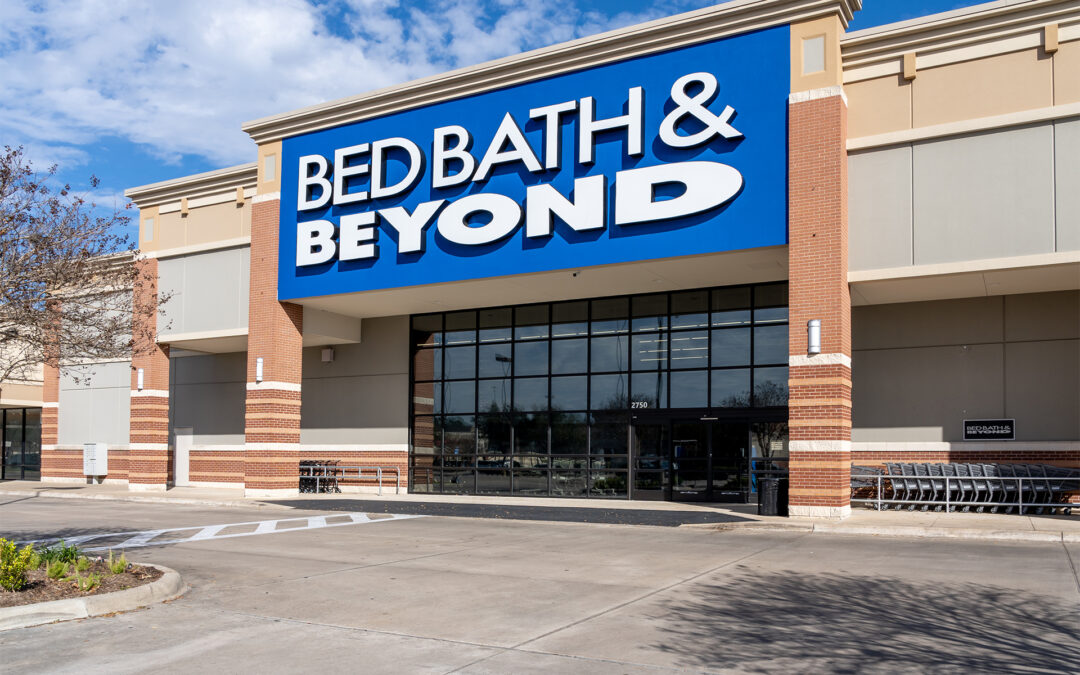Although only a small part of the larger retail environment so far, social commerce made up about 5% of digital retail sales in the United States during 2022 and is expected to inch up to nearly 7% by 2025, according to market researcher Mintel.
For social commerce to gain, Mintel stated, consumers have to understand and feel confident in the safety of a brand’s social media sites. Only 17% of consumers said they are more comfortable purchasing from a brand’s social media compared to its website, while 41% favored brand websites. In terms of worries, 40% of consumers said they lack trust in the security of their payment information, and 34% say they would be more interested in shopping on social media if they knew how their data was secure. In personal terms, 35% of consumers said they would purchase from a brand’s social media channel if someone they trusted recommended it.
Although fewer have purchased, more have shopped. Three-quarters of U.S. consumers said they had shopped on Facebook, 50% on Instagram, 29% on YouTube, and 18% on TikTok. Video is a drawer as 31% of consumers said they often watch videos brands post on social media and 22% pay attention to livestreaming from brands. Almost half of Americans, at 46%, have purchased through livestream and would do so again.
In announcing the research, Katie Hansen, senior retail and E-commerce analyst, Mintel Reports U.S., noted, “Social commerce is growing in the U.S., albeit at a much slower pace compared to the rest of the world. This, however, does not mean that brands should ignore the emerging shopping option. Our research shows that nearly half of consumers have made a purchase via social media and 58% are interested in doing so, showcasing that this channel is not going away. Brands have the opportunity to establish and refine their social commerce strategy now, when the channel is still new, by educating consumers about the process of shopping via social media, communicating the safety and security of their data, and leveraging the high engagement opportunities the platforms offer.”





